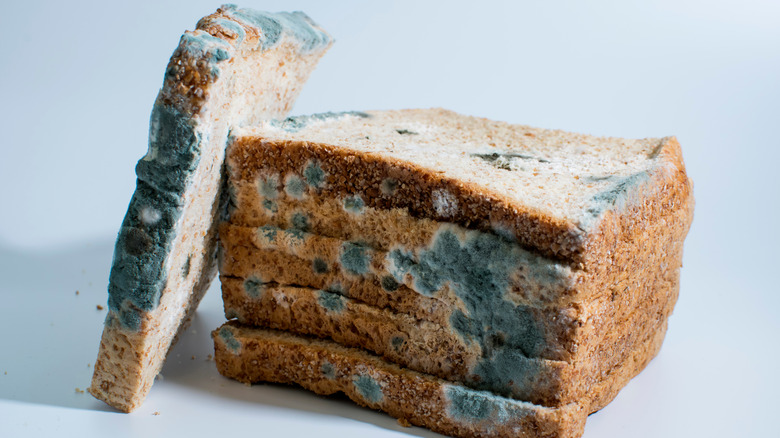After a heavy rainstorm, those of us with older houses or basements may notice a musty smell emanating from parts of our houses. While it’s impossible to place the location of the smell, it seems to be concentrated around pipes and carpets, walls and floors. This, unfortunately, is a symptom of a serious problem; mold.
Molds are some of the most well known fungus on the planet, as they have simple names and are easy to spot. For example, the most well known mold is Stachybotrys chartarum, or black mold. The name leaves little to the imagination; its simply a black splotch on any surface. So how do molds form? Like it or not, you’re covered in mold right now. Its spores are all over your clothes, skin, in your eyes and body. But, we have no problem with mold spores. If fungus could grow in any moist environment, our lungs would have filled with mushrooms long ago. The problem comes when something that isn’t living gets wet and stays that way. Take, for example, a piece of drywall. Its covered with spores, but since it isn’t wet, the mold can’t propagate, and so no growth occurs. However, when water leaks onto it and it becomes saturated, those dormant spores spring to life and start growing rapidly. These new mold colonies are where mold problems come into play. Not only do they degrade the material they grow on and compromise structural integrity, but they also emit toxic fumes as a byproduct of their growth. The more mold, the more problems. That’s why if you can smell a strong musky smell, its a good idea to get your house checked for mold. For those that live with significant mold infestation, a litany of negative effects can occur. From what I’ve read about mold issues, everyone reacts differently to mold. Some simply suffer from headaches and respiratory issues, while others are led to an early grave, become paralyzed, are hospitalized, and even die after living in mold infestation. From my time living in an old moldy house, I remember always being congested and coughing and sneezing often. I had eye issues towards the end of my stay in that house, another symptom of mold exposure.

But mold isn’t relegated to the walls; food is the area we see the most. Most moldy foods are unsafe to eat once the fruiting body, mold, is visible. This is indicative of the entire food being filled with mold, as the fruiting body is the final stage of its life. While you may get lucky and eat penicillin, most molds are extremely toxic and will cause pain or death. Cheese, on the other hand, is much safer. Mold on cheese can be simply cut off and the block can be treated as normal, though I haven’t attempted this yet.

Mold isn’t always bad, though. As I said before, Penicillium notatum, commonly known as Penicillin, is a mold that has saved the lives of millions throughout history. While its not the best in the face of new super resistant bacteria, its continual positive impact on our world cannot be taken lightly. So, next time you see mold on your food, take a moment to think of the power such a small organism can have on our species. The power to destroy, create, bring and cure sickness, all lie with a fuzzy circle.
Sidenote; all this information comes from Matthew Stein’s incredible book “When Technology Fails.” If you have any interest in survival, bushcraft, self reliance, or a post apocalyptic future, I cannot recommend it enough.